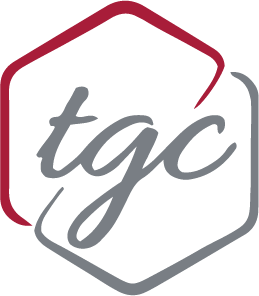Tag: life
-

Incorporating My Passion for Food into My Future
With graduation six months away, my mind is being pulled in so many different directions of where I could see myself. On one end, I see myself living the glamorous city life in San Francisco. On the other end I see myself moving across the country to North Carolina living a humble life on the…
-

Clients That Seem Challenging Are The Most Fruitful Experiences
In a perfect world, every client you have would be, well–perfect. Whether you’re working a summer job, a rigorous internship for school or have been with the same company for years, there are certain clients that seem to take more out of you than your time and effort. According to the article Coping with difficult…
-

Tattoos In The Workplace
Tattoos or “taboos,” depending how you view them, have always been a hot topic of conversation when it comes to the workplace. Questions of their professionalism and whether they belong in the workplace are constantly circling. I think tattoos are beneficial to the workplace for these reasons: Tackle social norms and challenge the changing industry…







